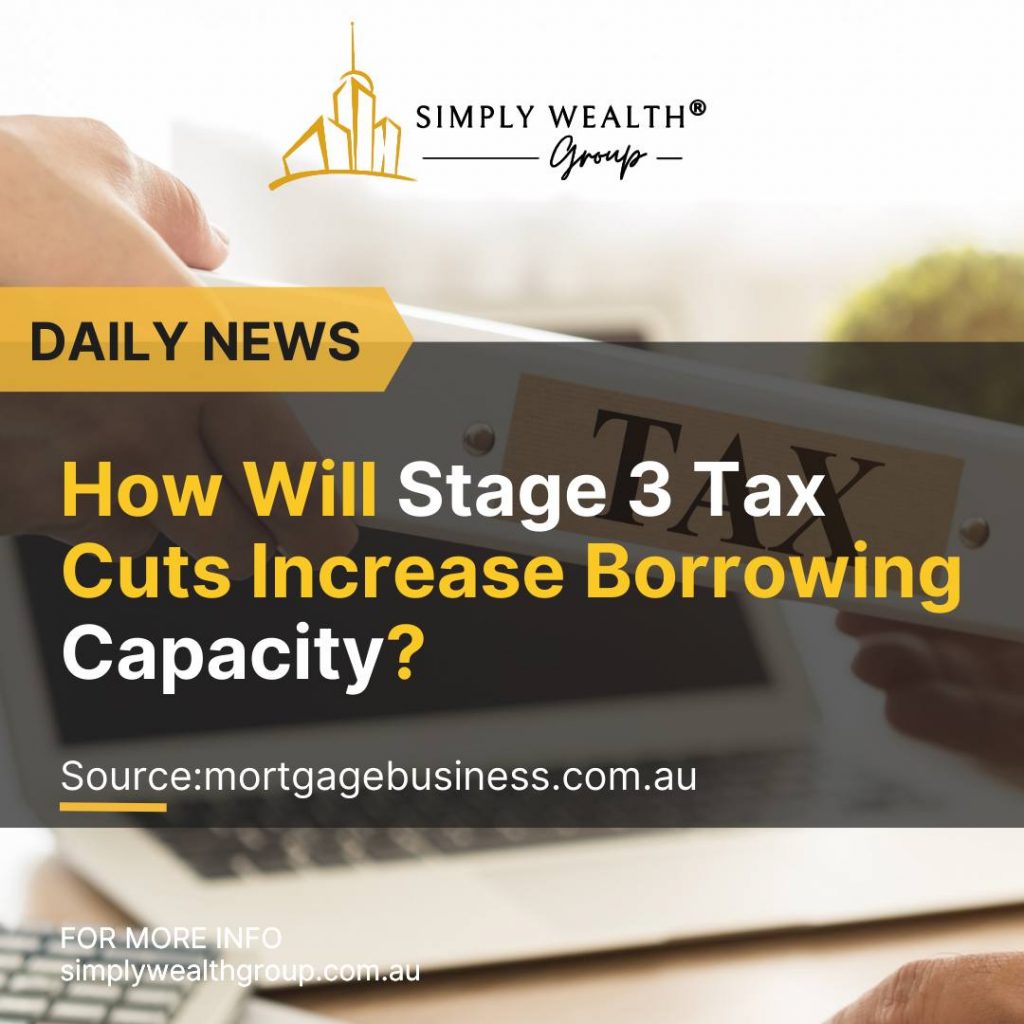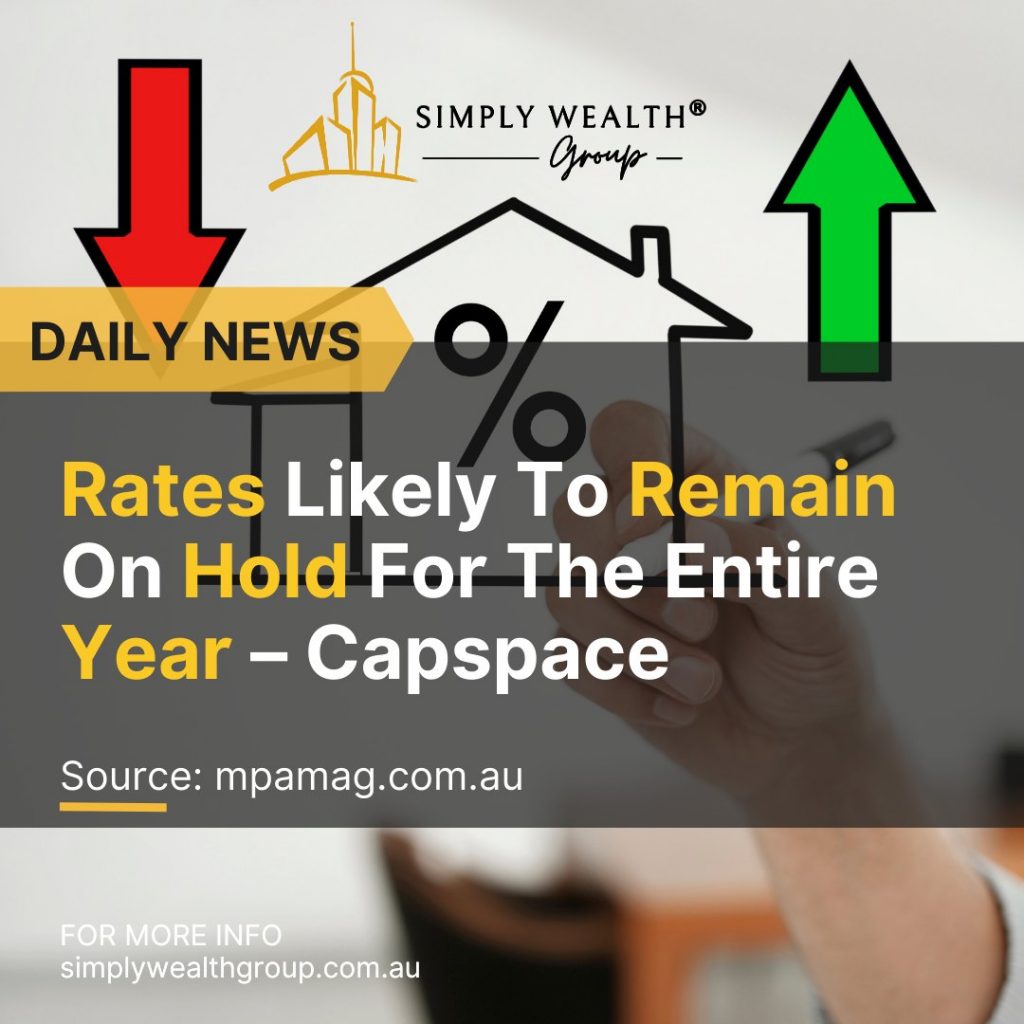Victoria’s Housing Ambitions

The Victorian government has unveiled proposed housing targets for each local government area (LGA) to achieve its goal of more than 2 million new dwellings by 2051, Property Council reported. Premier Jacinta Allan and Minister for Planning Sonya Kilkenny announced the draft targets last week, alongside Kingston Mayor Jenna Davey-Burns. Final targets will be released by the end of the year. Inner and middle Melbourne’s growthThe targets aim for many council areas in inner and middle Melbourne to double their new dwelling approvals, contributing to the Housing Statement goal of 70% of new homes in established areas and 30% in outer-suburban growth areas. You may read the whole article here:https://bit.ly/3L2P55r
Tiimely Home Forecasts Loan Surge

The recent announcement by the Reserve Bank (RBA) to maintain interest rates at 4.35 % is expected to drive an increase in fixed rate and refinance home loans, according to online digital home lender Tiimely Home. Formerly known as Tic: Toc Home Loans, the company foresees a surge in customer activity in response to the stable rates. Belinda Jackson, Tiimely Home’s head of retail, noted a slowdown in the refinance market due to uncertainty over RBA’s decision. You may read the whole article here:https://bit.ly/4c6b3QV
How Will Stage 3 Tax Cuts Increase Borrowing Capacity?

With the stage 3 tax cuts soon to come into effect, Aussie Home Loans has revealed new research analysing its potential effect on borrowing capacity. Franchise brokerage Aussie Home Loans (Aussie) released new research yesterday (19 June) finding that the upcoming stage 3 tax cuts could increase a buyer’s borrowing capacity. The tax cuts are set to come into effect from 1 July and will reduce the 32.5 per cent tax bracket down to 30 per cent and increase the 37 per cent tax bracket threshold from $120,000 to $135,000. The lowest tax bracket rate will be reduced to 16 per cent for those earning $18,000–$45,000, while the 45 per cent threshold is also being increased to $190,000, up from $180,000. Aussie’s research found that single Australians with no dependents earning $120,000 a year can currently borrow a maximum of $615,135. Due to the tax cuts, this could increase in the financial year 2025 by $27,062 (or 4.4 per cent) on a mortgage based on a 6.28 per cent interest rate. You may read the whole article here:https://bit.ly/3KQbZwV
Experts Predict RBA Rate Hold Until July 2025 or Later

Ahead of the Reserve Bank of Australia’s (RBA) cash rate decision today, June 18, one in five experts surveyed by Finder has predicted that the rate will remain on hold until July 2025. Results of Finder’s RBA Cash Rate Survey revealed that all 38 experts and economists, who weighed in on future cash rate moves and other economic issues, believe the RBA will maintain the cash rate at 4.35% in June. Graham Cooke, head of consumer research at Finder, said the consensus is that the RBA will hold the cash rate due to persistent inflation and mixed economic data. You may read the whole article here:https://bit.ly/45sgSpk
RBA Calls June Cash Rate

The central bank has announced its decision following its June monetary policy meeting. The Reserve Bank of Australia (RBA) has held the official cash rate steady at 4.35 per cent during its June monetary policy meeting. This cash rate decision has marked the 4th hold for 2024, and the 5th consecutive hold since December 2023. In the Statement by the Reserve Bank Board following the decision, the RBA noted: “The economic outlook remains uncertain and recent data have demonstrated that the process of returning inflation to target is unlikely to be smooth.” “Inflation is easing but has been doing so more slowly than previously expected and it remains high. The board expects that it will be some time yet before inflation is sustainably in the target range. While recent data have been mixed, they have reinforced the need to remain vigilant to upside risks to inflation. The RBA has reiterated that it will continue to rely on emerging data and the evolving assessment of risks. You may read the whole article here:https://bit.ly/4cg1VZU
Multi-Speed Trends in Australia’s Housing Markets

In the latest CoreLogic analysis by Eliza Owen, head of research, a stark variation in housing market performances is evident across Australia’s capitals. This segment details the highest annual growth observed in Perth, with dwelling values rising by 22.0%, contrasting sharply with a slight decline in Hobart, which saw a dip of -0.1%. Pandemic’s impact on market dynamicsThe disparity in growth since the pandemic began is significant, with Perth leading the surge at 62.6%, while Melbourne’s more modest gain stands at 11.2%. You may read the whole article here:https://bit.ly/3XsYieN
RBA To Hold The Line In June Decision

Another cash rate hold is expected ahead of the central bank’s June monetary policy meeting. Major bank economists have predicted the Reserve Bank of Australia (RBA) to leave the official cash rate on hold at 4.35 per cent during its upcoming June monetary policy decision. The board is expected to retain the same stance on the potential movement of interest rates much like what was heard from RBA governor Michele Bullock following the May monetary policy meeting. Commenting on the upcoming decision, Westpac senior economist Matthew Hassan said recent data will “provide some comfort” that restrictive policy is bringing inflation back to target; however, he noted the “path is still uncertain”. You may read the whole article here:https://bit.ly/45sjqE4
Rates Likely To Remain On Hold For The Entire Year – Capspace

Interest rates are expected to remain unchanged for the rest of the year, with a slight possibility of a rate increase if inflation stays above the central bank’s 2% to 3% target range, according to non-bank lender Capspace. Tim Keith managing director of Capspace, said this outlook was influenced by a tight labour market, which continues to drive up wages and services inflation. The Australian Bureau of Statistics (ABS) has reported that the seasonally adjusted unemployment rate dropped by 0.1 percentage point to 4% in May. Employment rose by nearly 40,000 people, and the number of unemployed fell by 9,000, leading to the lower unemployment rate. “The tight labour market will keep up with pressure on wages costs and services inflation, which, along with the rising cost of rent and housing, will keep inflation elevated, which is likely to see the Reserve Bank of Australia (RBA) keep rates on hold at its June meeting and for the remainder of this year,” Keith said. You may read the whole article here:https://bit.ly/3Xiuamv
Residential Dwelling Values Surge to $10.7 Trillion

The total value of residential dwellings in Australia reached $10.7 trillion in the March quarter of 2024, a $209.4 billion increase from $10.5 billion in the December quarter of 2023, according to preliminary estimates of the Australian Bureau of Statistics (ABS). Households owned $10.3 trillion of the total value of residential dwellings, with the total value of residential dwellings increasing across all states and territories in the March quarter of 2024. The latest ABS Total Value of Dwellings data also showed the number of residential dwellings in Australia rose by 52,700 to 11.2 million, and the mean price of residential dwellings increased by $14,300 to $959,300 this quarter. You may read the whole article here:https://bit.ly/4b4bhqu
Supply Constraints Boost Mid-Sized Capitals

CoreLogic’s latest Housing Chart Pack highlighted the disparity in housing inventory relative to historical averages.Eliza Owen, CoreLogic’s head of research Australia, identified supply and demand balance as a key driver of market variations. “At one end of the spectrum is Perth, with total listings sitting -45% below average stock levels, and a monthly capital growth rate of 1.8%,” Owen said. “At the other end of the spectrum is Hobart, where there are 39.5% more listings than the historic five-year average for this time of year, and home values are 0.5% lower.” This imbalance suggests that markets like Perth are seeing heightened competition for homes, driving prices up, while Hobart’s market faces downward pressure due to excess inventory. You may read the whole article here:https://bit.ly/3yYRLym

